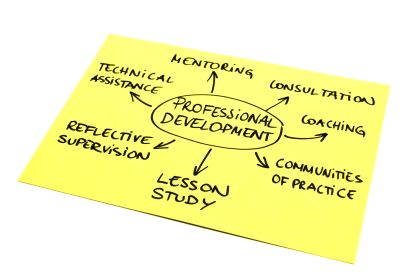Learning through the senses of touch, smell, and taste, Kinesthetic people are highly aware of their feelings and those of others.
Dakota connects with others by touching, and as a result has offended a few people. Dakota felt that an arm over a shoulder was friendly, so was bothered when the boss defined it as unacceptable. Frustrated and worried about keeping the job, Dakota hired a coach. The coach focused on understanding where Dakota was coming from and developing rapport.
Tips for Recognizing the Kinesthetic:
* Language refers to what they feel such as: sense, grasp, reshape, calm
* Eyes: down and left to remember, down or down and right to process feelings
* Gestures: hands are lower near the chest and movements are smooth
* Breathing: deep
* Talking Speed: slow
Tips for Coaching the Kinesthestic:
* Ask questions using feeling words
* Match their pace of speech
* Include sensory descriptions when offering perspective
* Ask them to describe how they would understand using only sight and words
* Have them describe success in feeling terms first, then seeing and hearing
The coach asked Dakota to describe several situations, how it felt, what occurred at the time, and what Dakota learned later. The coach asked Dakota to describe how others might feel differently and to explore the reasons they might feel that way. Through having the conversations, Dakota considered different perspectives and how what was a friendly gesture to one was simply too familiar to another. Because Dakota cares about feelings, the coach facilitated Dakota planning to first be aware of others comfort level with touch, then ask permission if sensing they were ok with an arm or hug. Dakota was increasingly aware of who might be ok with touch and who preferred more personal space. Dakota chose to continue coaching and focus on developing skills for managing emotion under pressure.



